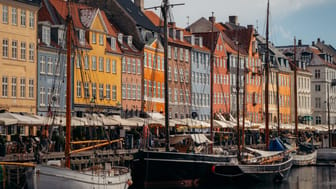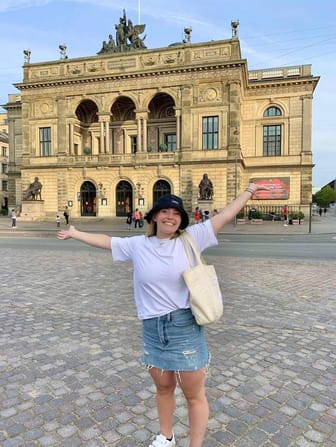Amalienborg
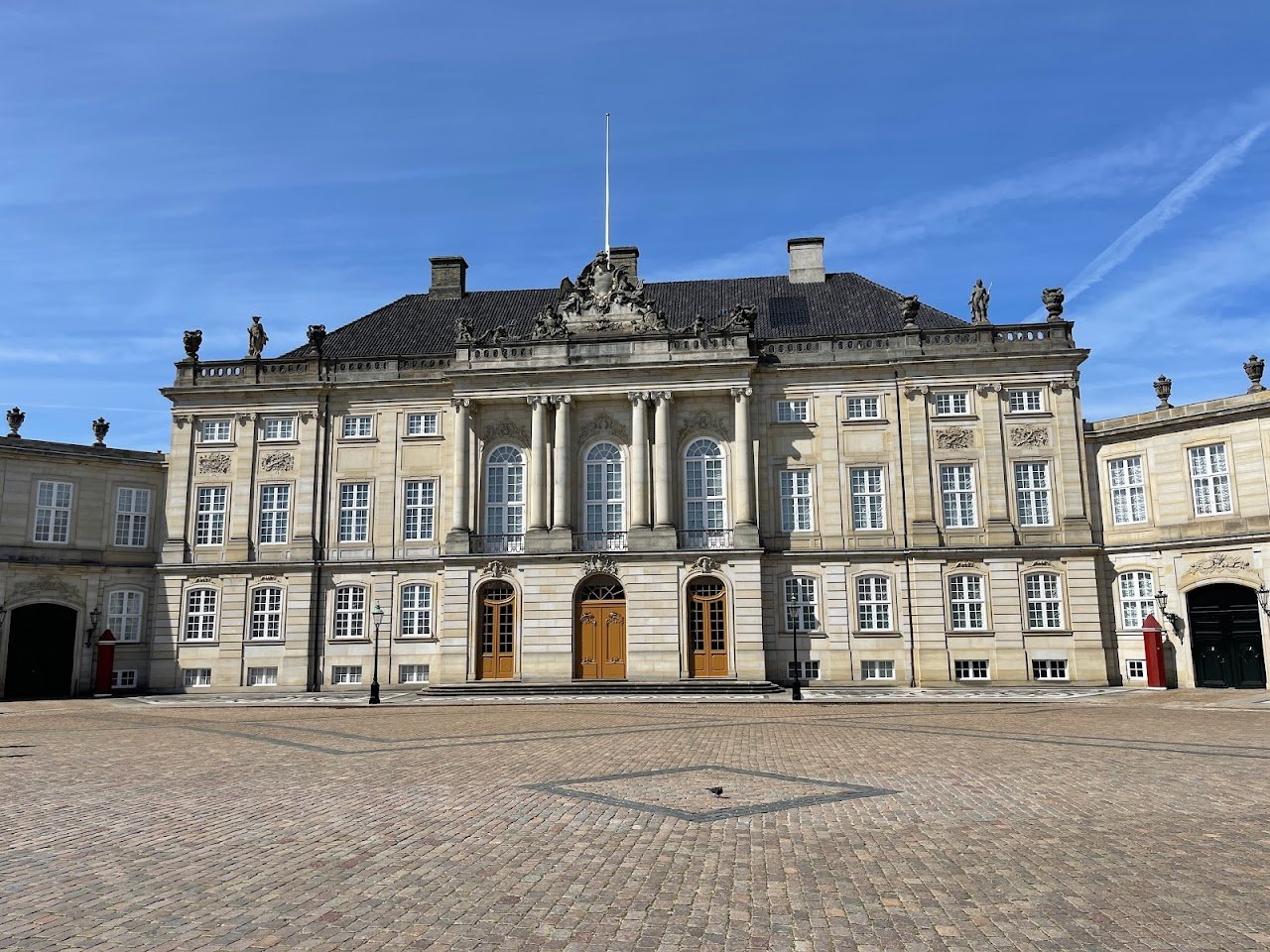
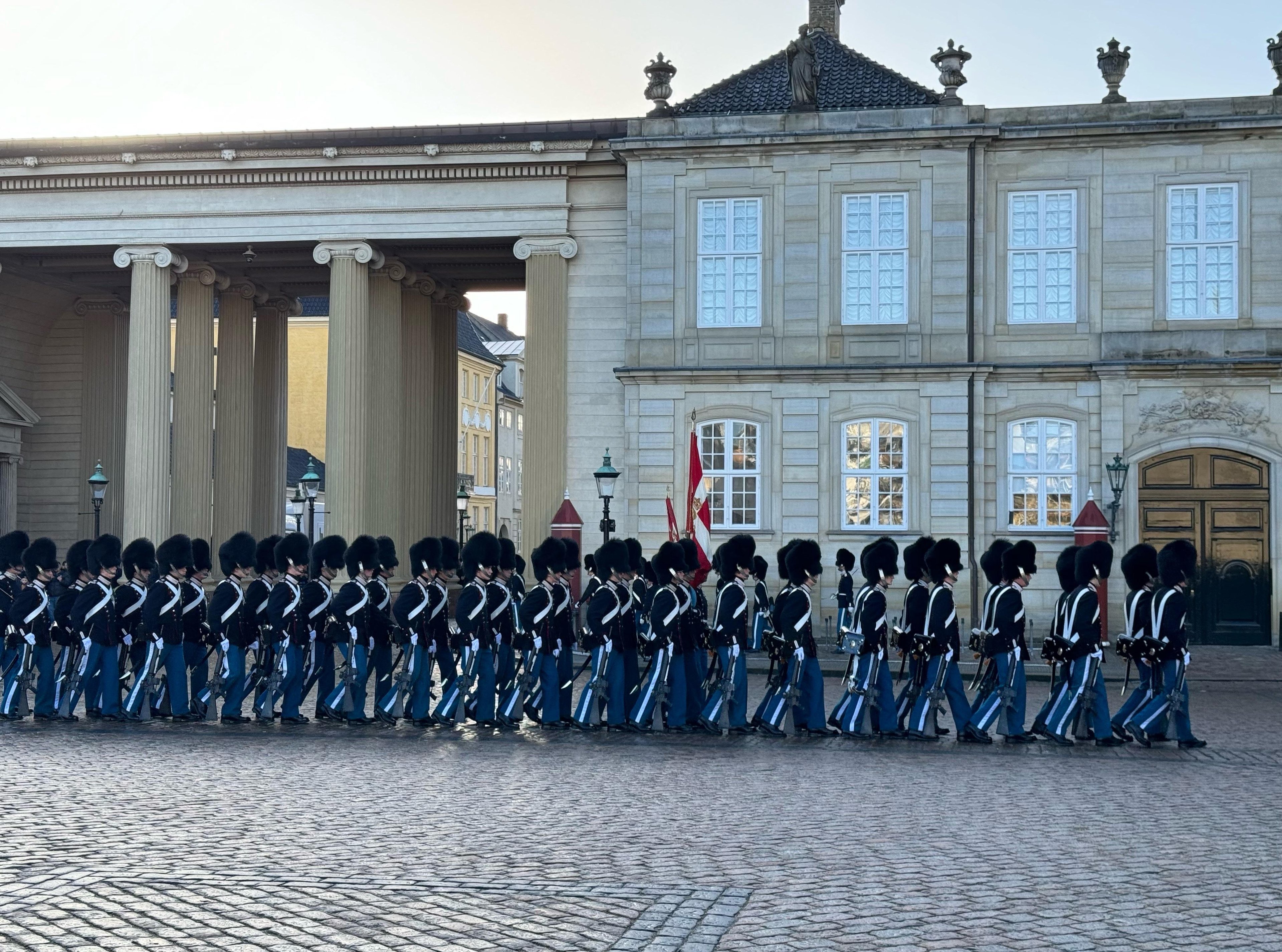
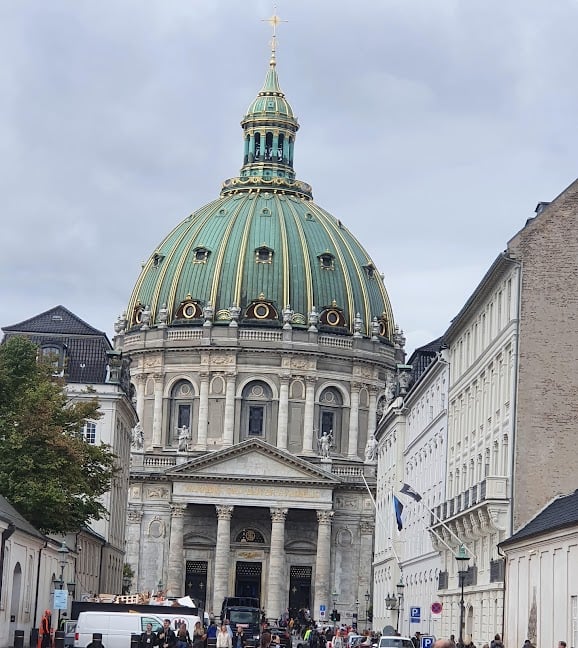
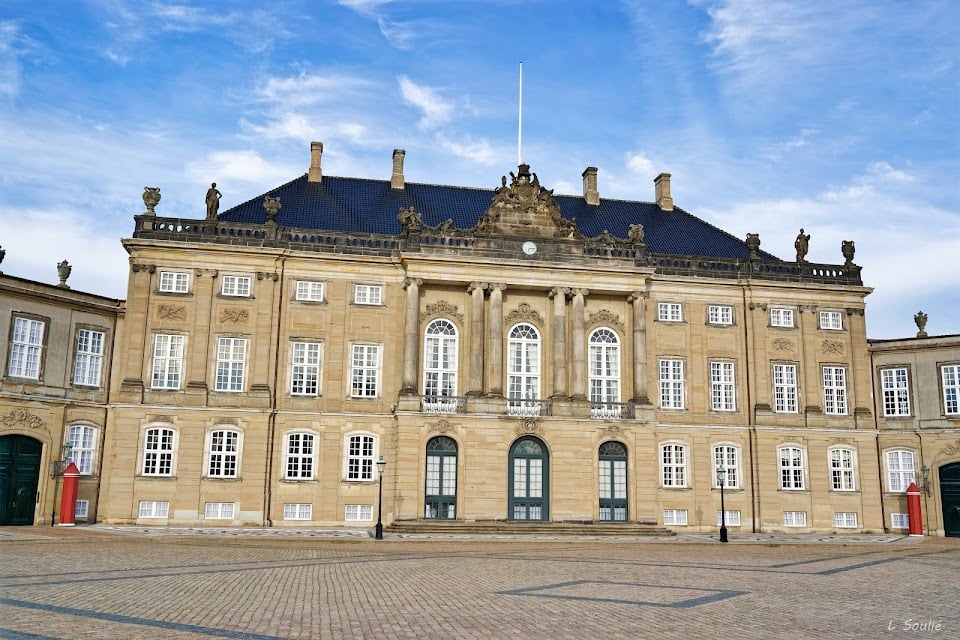
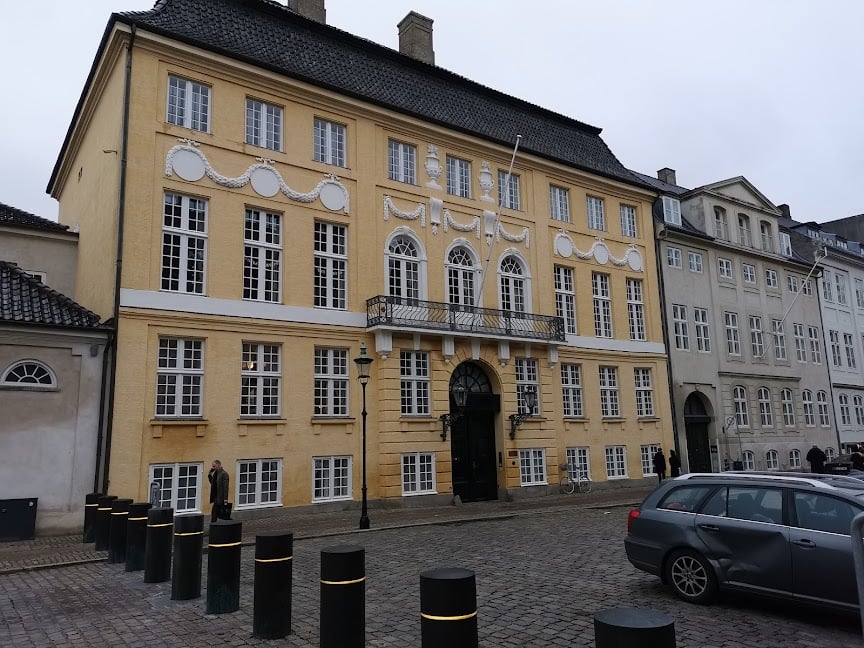
Ask ThatchGPT
Suggest a local expert to plan my trip
Suggest an unique itinerary for my Denmark trip
What foods do Denmark locals eat
What are some true hidden gems in Denmark
Help me brainstorm trip ideas for Denmark
Help me plan a family-friendly trip to Denmark
What people say
Pedro Pereira
Available for hire
"Amalienborg Palace is more than just a royal dwelling; it's a living testament to Denmark's monarchical history. Originally constructed as private residences for noble families, the palace complex took on its royal role following the devastating fire at Christiansborg Palace in 1794.
The four identical palaces that comprise Amalienborg offer a unique glimpse into royal life across generations. From the opulent decor of the 19th century to the more contemporary style of the present day, visitors can experience the evolution of royal taste and lifestyle.
The palace's central location and the iconic changing of the guard ceremony have made it a beloved symbol of Denmark. The opportunity to explore the private apartments of former monarchs, combined with the grandeur of the state rooms, offers a truly unforgettable experience.
Amalienborg is not merely a static museum; it's a living institution that continues to play a vital role in Danish society. Its history is intertwined with the nation's story, and a visit to the palace is a journey through centuries of royal heritage."
Sofia B
Available for hire
"This is the royal residence.
The palace was built in the mid 1700's for four very rich noblemen, which is why it has four almost identical palaces. Amalienborg became the royal residence after Christiansborg Palace - not too far away - burned down in 1794.
When members of the royal family are at home the flag is hoisted upon the palace where they live. In the palace to the right towards the waterfront, the Crown prince- and princess live with their four children, and in the palace to the left towards the waterfront, the Queen lives. There is a joke that the Queens palace has an extra chimney because she smokes, but that’s of course not true.
You can visit Christian the 8th’s palace which is part of the Amalienborg Museum.
The Amalienborg Museum reaches 150 years back in time to Christian the 9th and Queen Louise, who became known as "Europe's in-laws" because four of their children ascended the thrones of Europe as Empress of Russia, Queen of England, King of Greece and King of Denmark, respectively.
Entrance is €16 (€10 for students) and free with the Copenhagen Card"
Silvia De Caro
Available for hire
"Amalienborg Palace, today the main seat of the Danish royal family, is considered one of the most important examples of Rococo style in Danish architecture. The complex, built by the architect Nicolai Eigtved, consists of four main buildings arranged around an octagonal courtyard, in the center of which is the imposing equestrian statue of King Frederick V, considered one of the most important equestrian statues in the world. Only one, the palace of Christian VIII, is open to the public and inside it is the Amalienborg Museum. If you arrive at 12:00 remember to watch the changing of the guard!
👣How to get there: reachable on foot from Frederiks Kirke (250m, 4min). Metro stop: Marmorkirken, lines M3 and M4.
🎟️Ticket cost: full price 120kr (16,10€), reduced price 75kr (10,10€).Free entry for under 18.
"
Read more in:
Mentioned in these guides
About Amalienborg
Get the inside scoop on Amalienborg from local experts, travel creators, and tastemakers. Browse genuine trip notes, Amalienborg reviews, photos, travel guides, and itineraries from real travelers and plan your trip with confidence.
Phone
Save this spot for later or start mapping out a new trip today
Try our AI Travel Assistant and get instant answers to any questions about your trip.
Ask ThatchGPT

